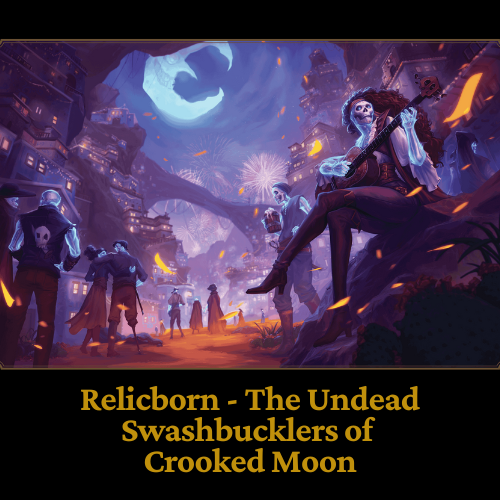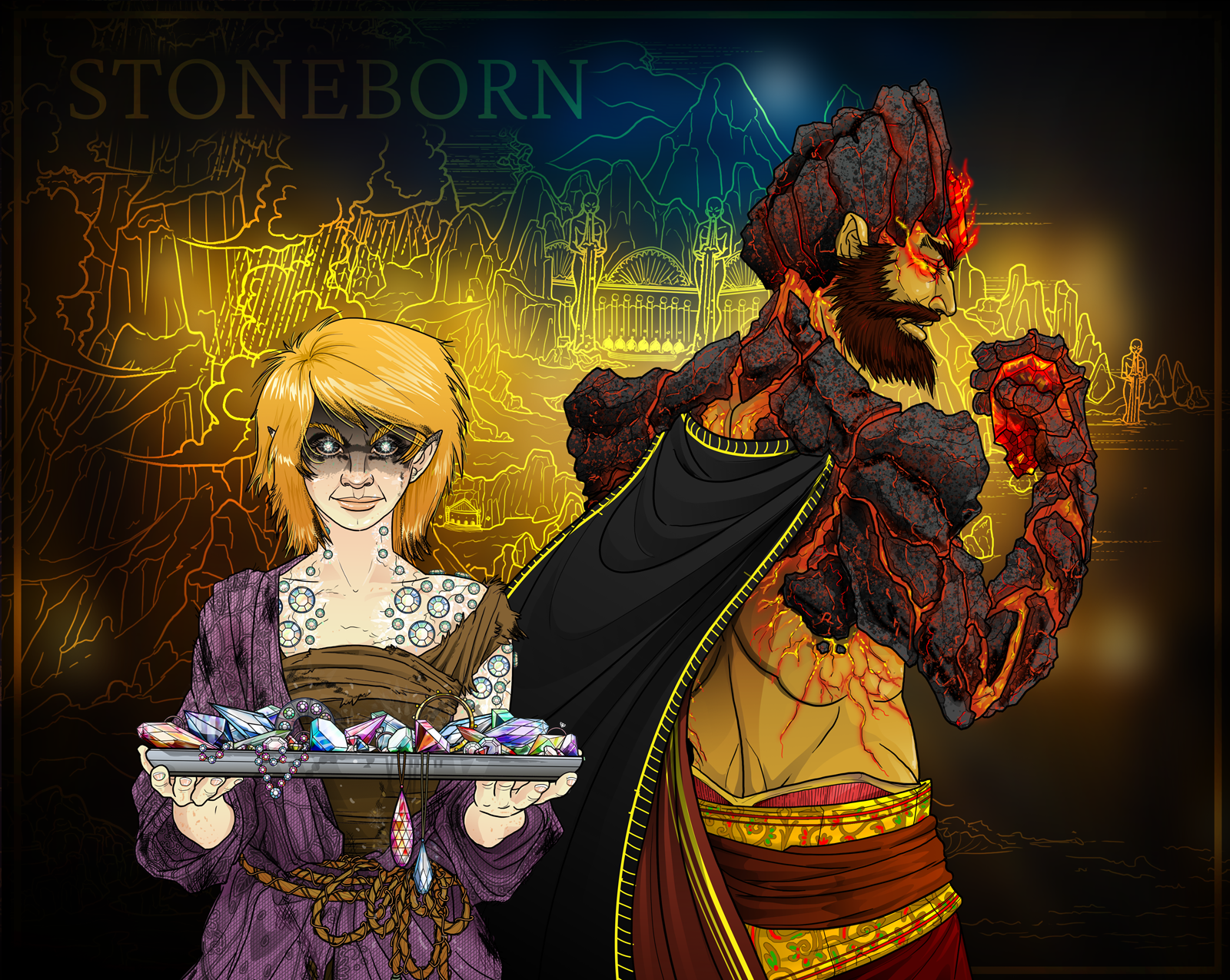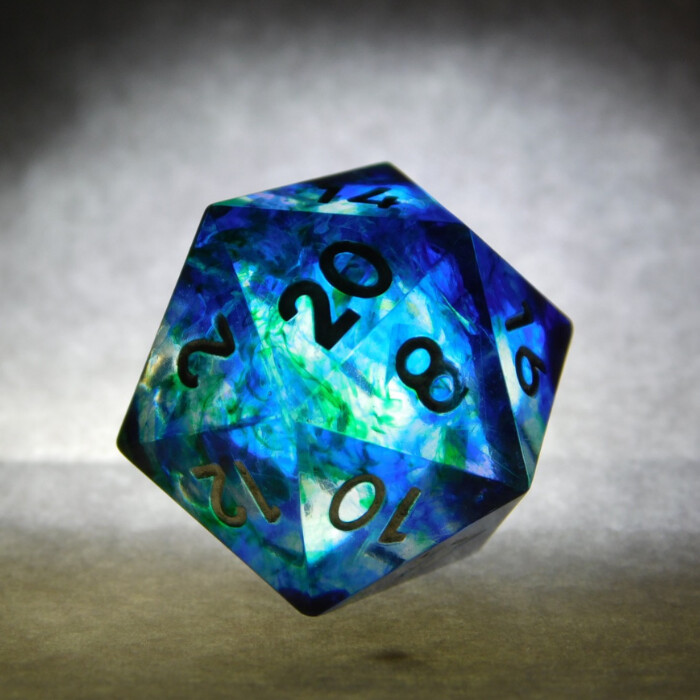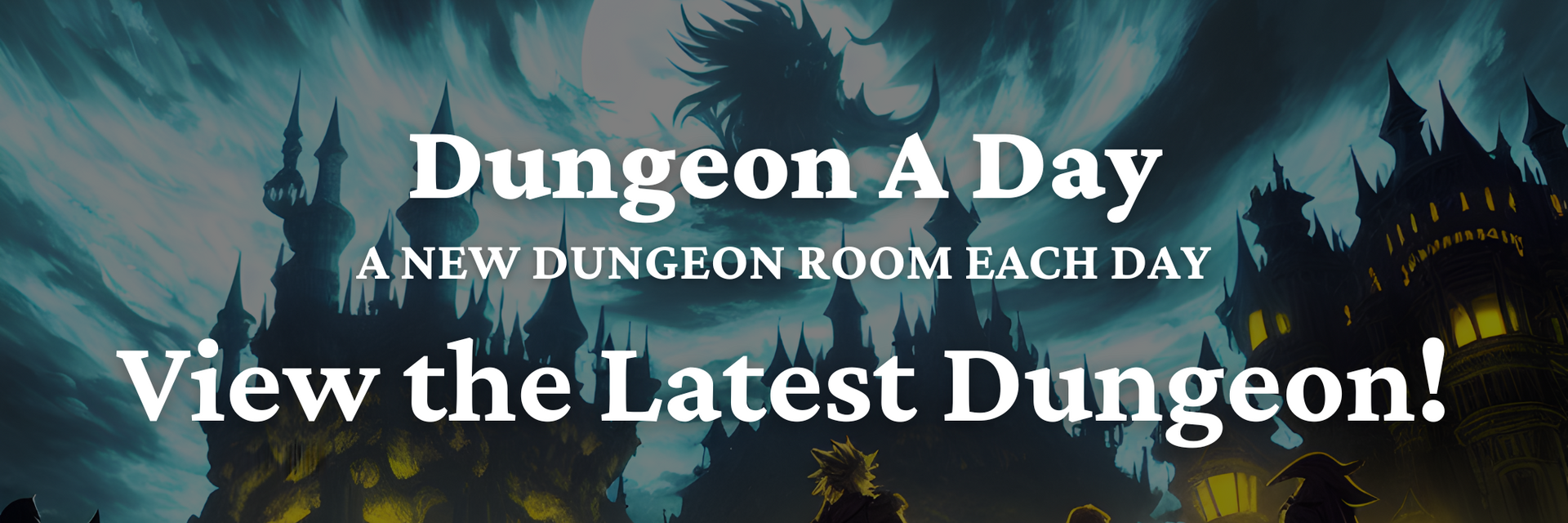Charmed Adventures: Everything You Need to Know About Charm Person 5e
If you're ready to use charm person 5e in a way that you’ve never utilized it before, this guide is for you. Honestly, charm person 5e works absolute wonders in the game.
You've certainly heard of the term "charmer" before. In stories, it's that character who always uses charisma to get their way out of any tricky situation, or who fools others with their allure. Personally, I've always admired charmers and the incredible things they can accomplish. In D&D 5e, we get to be charmers, too!
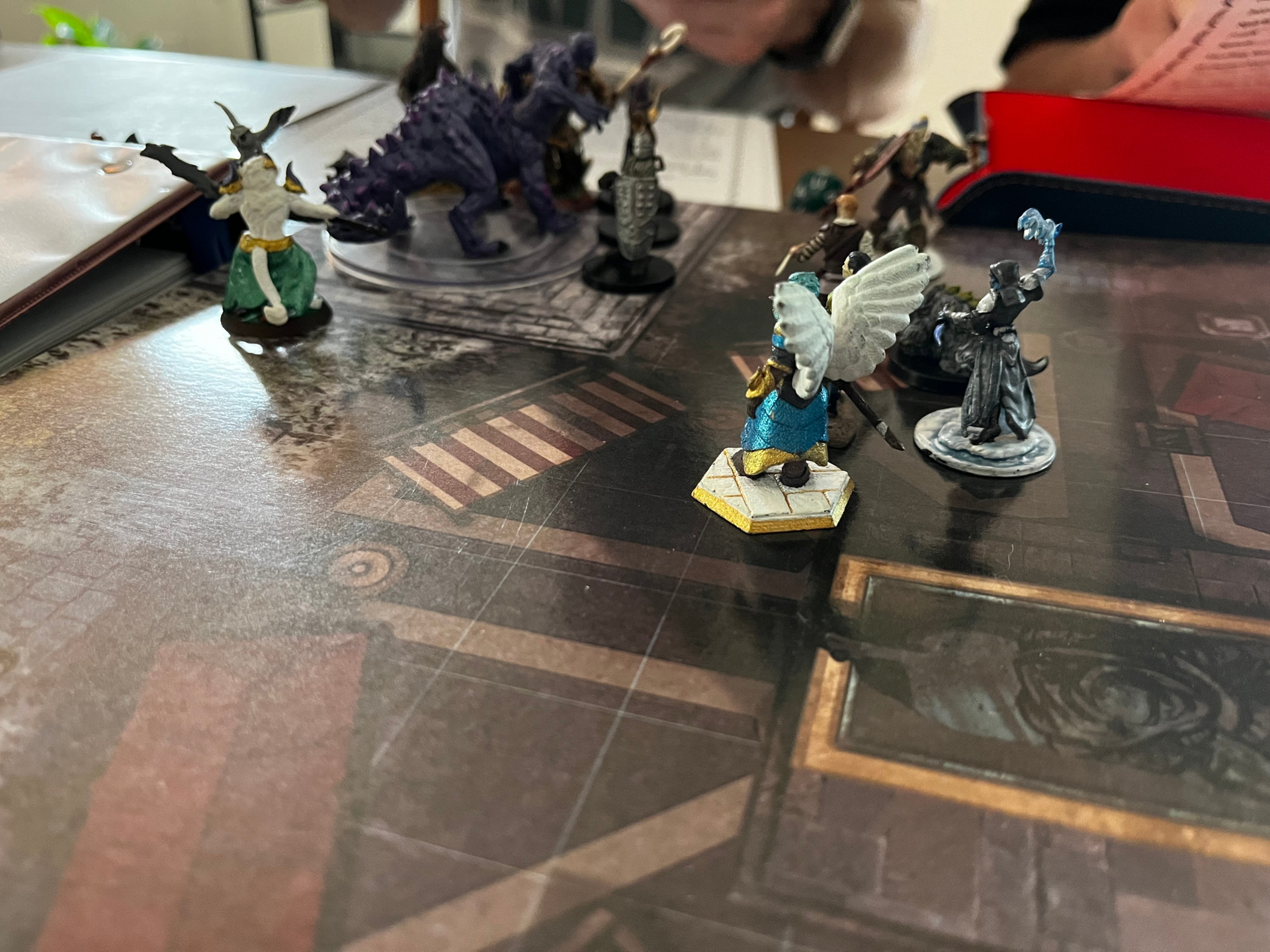
What Is Charm Person 5e?
Charm Person 5e is a 1st level charm spell from the School of Enchantment. When cast, this spell makes enemies friendly toward you and your party members. It's perfect when you need help or want to charm out of a sticky situation. You can see exactly what the Player's Handbook has to say about Charm Person, on Page 221. To save you some time though, here’s a summary of the important parts:
Charm person 5e causes the target to regard you as a friendly acquaintance. If you attempt to use charm person in the middle of a battle, the target has Advantage with their Wisdom saving throw. The charm effect ends either after 1-hour, or when you or your allies try to harm the charmed person. Once the charm effect ends, the target is made aware that you used charm person upon them (which can sometimes be a very important detail to remember, when using this spell).
At higher levels, you can also use a higher-level spell slot to target multiple enemies with charm person 5e at a time.
The stats are as follows:
- Casting Time: 1 action
- Range: 30 feet
- Components: V, S
- Duration: 1 hour
- School: 1st-level enchantment
Modifying Levels of Success when Using Charm Person
The charm effect works in different ways depending on the creature's current level of hostility. For instance, if a creature is hostile, charm person can make the creature view you as an ally. On the other hand, if a creature isn't hostile, charm person makes them even more amiable to your requests. The charm effect also works differently for different creatures, depending on their level of intelligence, general view of the world, etc.
Which Classes Can Cast Charm Person 5e?
Charm person 5e is a 1st-level enchantment spell from the School of Enchantment. Only spellcasters with access to the School of Enchantment can cast the charm person spell:
- Bard
- Druid
- Sorcerer
- Warlock
- Wizard
The Cleric subclass – Trickery Domain – gets the spell for free.
Love Tabletop Gaming? Check Out Our Store
Who Can You Target with Charm Person?
Of course, charm person has a few limits, as there are already spells for charming animals, monsters, and the like. The actual charm person spell can only target humanoids, such as:
- Aarakocra
- All player races
- Bugbears
- Githyanki
- Githzerai
- Gnolls
- Grimlock
- Goblins
- Hobgoblins
- Jackalwere
- Kobolds
- Kuo-Toa
- Lizardfolk
- Lycanthropes
- Orcs
If you come across a type of enemy who is not considered a humanoid, you’ll have to take a look at other charm and charm-like spells, such as Animal Friendship or Charm Monster.
When Should You Use Charm Person?
The first time I learned about charm person I was so excited that I could hardly wait before casting it in battle. Don't get me wrong, charm has its place in combat and can be a great tool when used properly. However, the charm also has its best place outside of battle.
After some experimentation, I now personally believe that the following situations are ideal for charm:
Bargaining
Let's say you're in a situation where you need to make a deal with someone who's not particularly friendly. In these scenarios, “negotiate” using charm and see the results!
Gain Pre-combat Advantage
If you charm an enemy, they won't be able to attack you, and it gives you some time to prepare for battle. Since enemies gain Advantage against your charm person spell during combat, you increase your chances of charm by roughly 50% if used just beforehand.
Of course, save your charmed enemy for last, as the spell effect will break once you attack them. If you utilize this tactic, then it works similarly to Cause Fear 5e, where you can break up large groups of enemies, and prevent a TPK.
Skip Encounters
Charm is also great when you want to avoid combat altogether. Charming targets can be a great way to skip through encounters and access the next stages in an adventure, without resistance.
Acquire Information
Charm person can be a great way to get information from people who don't want to talk. Just charm them, and ask your questions! Note that this use of charm person doesn’t always work (as I’ll discuss more below), but if you’re having trouble pumping someone for info anyways, it sometimes hurt to try charming them before resorting to more drastic measures.
Just remember, however, that after you use charm person on a target, once the effect fades, they are made aware that you charmed them. If you can’t acquire the information you’re after using charm person, the charmed target may resent you for your attempt after the fact, and any further attempts at gaining their willing cooperation may be soured.
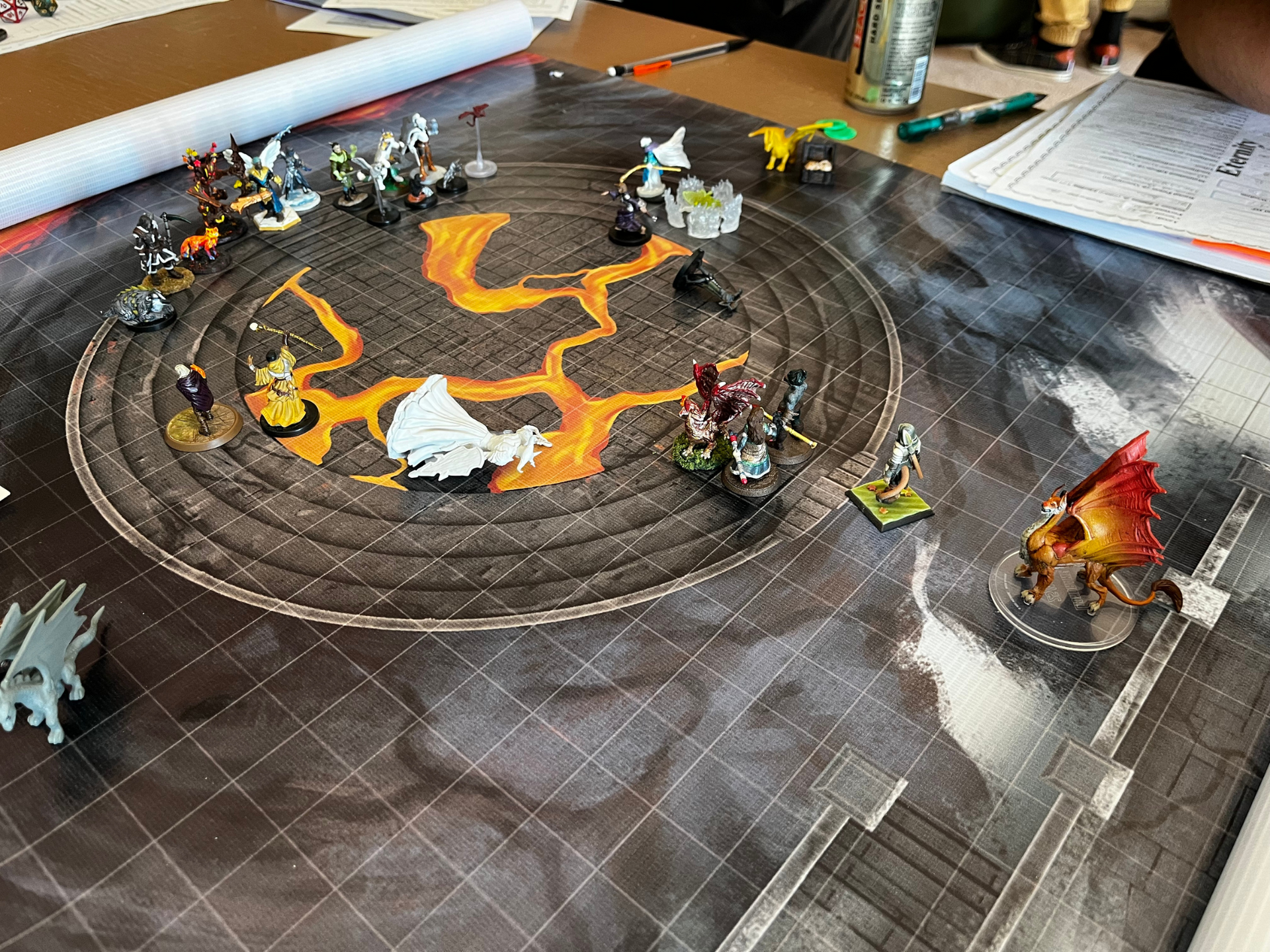
Charm Person 5e Rules
Before you cast charm person, there are a few very important things you should keep in mind. Utilize this checklist to maximize your charm spell’s results:
- Again, charm person only works on humanoids.
- Harming the charmed target breaks the charm.
- Charmed humanoids can't attack the caster. However, in some extreme cases, they may still attack your allies.
- Casters can still utilize ability checks when interacting with the charmed target.
- Charmed humanoids don't have to say anything. Just because you’ve charmed them doesn’t mean you can compel them to action.
- Charmed creatures know that you charmed them after the charm ends. In many cases, this will cause the target to like you much less once the spell’s effect ends.
- Targets must be within 30 feet, and must be within line of sight.
- It's possible for multiple people in your party to cast multiple charm person on the same target, at the same time.
- Dispel magic can end the charm person spell early.
Disadvantages to Charm Person
As you probably noticed with the list above – and like with any other spell – charm person 5e also has its disadvantages. These disadvantages are no big deal just so long as you remember to use your charm effects in the scenarios where they’re most advantageous.
That being said, here are charm person’s biggest drawbacks:
Charmed Humanoids Don't Have to Say Anything
You're a charmer, not a mind controller. So don't expect charm to make people spill secrets. Charmed creatures will be friendly and probably won’t tell you lies, but they don’t have to say anything at all if they really don’t want to.
Charmed Creatures Know You’ve Charmed Them
Imagine charm as a temporary friendship. Once the charm wears off, the charmed creature will know what you've done. If you charmed a friend, they’re less likely to still view you as a friend, afterwards. If you charmed a hostile enemy, leave their sight when the charm ends unless you intend to finish them off!
Charm Person Won't Stop Hostility Against Your Party
Charming an enemy doesn’t necessarily stop your target from attacking your friends. Instead, it all depends on your dungeon master, and their interpretation of the situation. Additionally, charm doesn’t automatically stop the other hostile creatures in your target’s group from attacking you or your party. In fact, if a group of enemies sees you charm one among them, they may instead target you first.
Dispel Magic Can End the Charm Person Spell Early
Charm person is, after all, a magical effect. Like any other magical effect, dispel magic can end it early. Of course, if an enemy uses their turn to cast dispel magic, you’ve at least prevented them from taking some other dangerous action. However, since charm person requires overcoming your target’s Wisdom save to begin with, any dispel effect can be a major bummer.
Similar Spells to Charm Person 5e
As I mentioned before, D&D 5e has other spells that you can use to cause the charmed condition on others, for your party's advantage. Here are some spells you may take a look at that either charm, or cause charm-like effects:
- Suggestion: the target must follow the caster's direction, but must also pass a Wisdom saving throw.
- Disguise Self: casters can change their appearance to look like other creatures.
- Guidance: the caster can give a creature an advantage on their next ability check.
- Dominate Person: the caster can control the creature's actions, but must pass a Wisdom saving throw.
Is the Charmed Condition Good?
There's no ultimate answer to this question as it really depends on the caster and situation. Generally, I see charm person as a great spell because it has so many applications. Unless you’re having a difficult time overcoming your targets’ Wisdom saving throw(s) – such as when in combat – charm person really only becomes "not good" when it’s misused.
When it comes to combat, I’d probably avoid using charm person, and instead opt for a spell like Silence 5e (against spell casters) or Cause Fear 5e (against almost anyone else). The reason is that both silence and cause fear don’t give the target advantage against your spell’s effect, and both effectively incapacitate them for the duration of the battle.
In summary, think of charm person as more of a way to make temporary friends and allies, and less of a way to incapacitate dangerous foes. You don't have to use charm spells with every humanoid you come across; just charm when it can be an effective way to help your party.
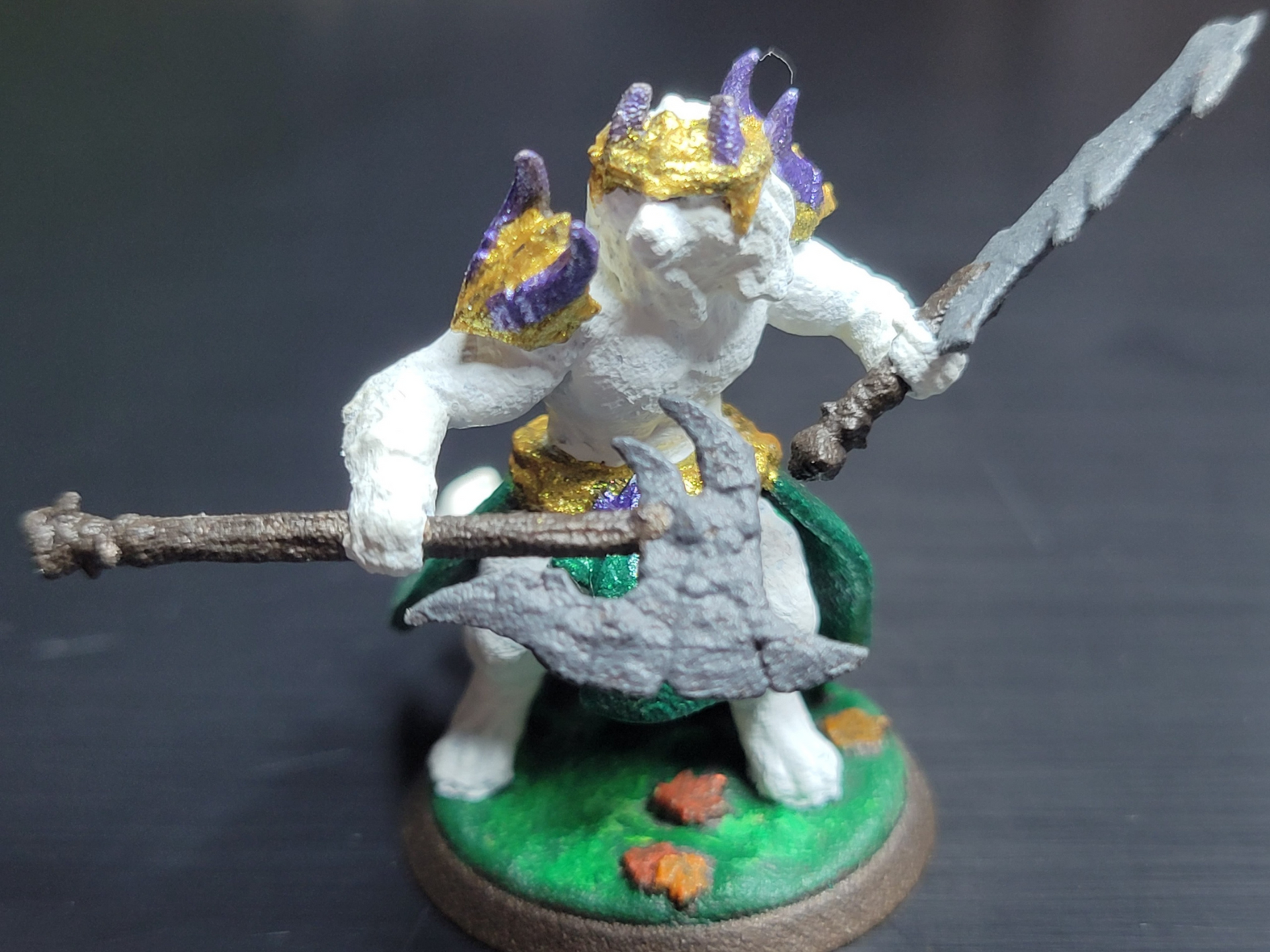
Charmed 5e vs. Eternity TTRPG
In D&D 5e, Charm Person magically improves the target’s opinions of the caster to the point where they’re considered a close friend. With “friendship” status invoked, all kinds of benefits can be gained such as through negotiations, gathering information, and even preventing the target from engaging in combat. Finally, there are many types of Charmed 5e effects, such as Animal Friendship or Charm Monster, which allow for various uses of the Charmed condition.
In the Eternity TTRPG Game System, charm effects are quite a bit simpler, yet far more powerful: charm in Eternity is synonymous with “mind control.” Basically, a charmed target loses all will of their own, submitting completely to the desires of the person charming them. It represents the single most powerful effect in Eternity TTRPG, as even a single turn of the Charmed condition can completely alter a difficult negotiation, combat encounter, or any situation where another player’s character or NPC is involved.
What Classes in Eternity TTRPG can Cast Charm Effects?
Archon (Classes Expansion) and Revenant/ Witch (Classes Expansion) are the only classes that receive a charm effect as a core class spell. Each class has a unique way of casting the spell, which result in a very different play-style:
Archon – Core Class Spell
Omega (Magic): 4Range, -4Faith vs. Will, deals 1damage. Even if this spell misses, -11Faith vs. Resilience, take control of the target’s Action for 1turn (the control effect from “Omega” cannot Double-Hit or give a Block).
When you take control, you may not have the target use a critical, use a spell or ability with a 1Day Recharge, or dispel
any of their own maintained effects. However, you may have them take any other action (including attacking themselves), and you may know the target’s HP, Wisdom, and all other stats and maintained effects for the duration of the control.
(Double-Hit): deals 2damage.
- (Zenith) After you cast this spell, it creates an “Omega Void” on the target’s space, that remains for Battle Duration. Enemies automatically have -4Initiative while within 2Range of the “Omega Void.”
- (Spells of True Weaving) 8Range. You also have 8Range when casting this spell, for Battle Duration.
- (Chrono Mage) Even if this spell misses, -3Faith vs. Resilience, take control of the target’s Actions for 1turn. This critical effect cannot Double-Hit or give a Block.
Revenant/ Witch – Core Class Spell
Spellbound (Magic): weapon Range, -3Strike Bonus vs. Resilience or 4Range, -3Faith vs. Resilience, if this spell hits, on every one of the target’s turns, roll d20. On the first turn, if you roll 20, take control of the target’s Action for 1turn.
When you take control, you may not have the target use a critical, use a spell or ability with a 1Day Recharge, or dispel any of their own maintained effects. However, you may have them take any other action (including attacking themselves), and you may know the target’s HP, Wisdom, and all other stats and maintained effects for the duration of the control.
On each successive turn, roll 1 number lower to hit (can stack to 14-20 by the 7th turn). This spell can be interrupted. You can instead choose to continually maintain this spell as an aura for 3Intelligence, per target you want to cast at, making it an Instant Action at the start of every battle.
(Double-Hit): roll 3 numbers lower to hit.
- (Grimly Fated) Roll 17-20 on the target’s first turn, and 1 number lower to hit each round after. You can instead choose to continually maintain this critical as an aura for 6Intelligence (and 0Wisdom), per target you want to cast at, making it an Instant Action at the start of every battle.
- (Of the Dread Vale) Up to 3 enemies in 4Range. *Double-Hit with this critical only allows one of the attacks to have lowered numbers to roll.
- (Witch’s Coven) This spell cannot be interrupted and cannot be removed in any way except the revenant/ witch reaching 0HP. You can instead choose to continually maintain this critical as an aura for 4Intelligence (and 0Wisdom), per target you want to cast at, making it an Instant Action at the start of every battle.
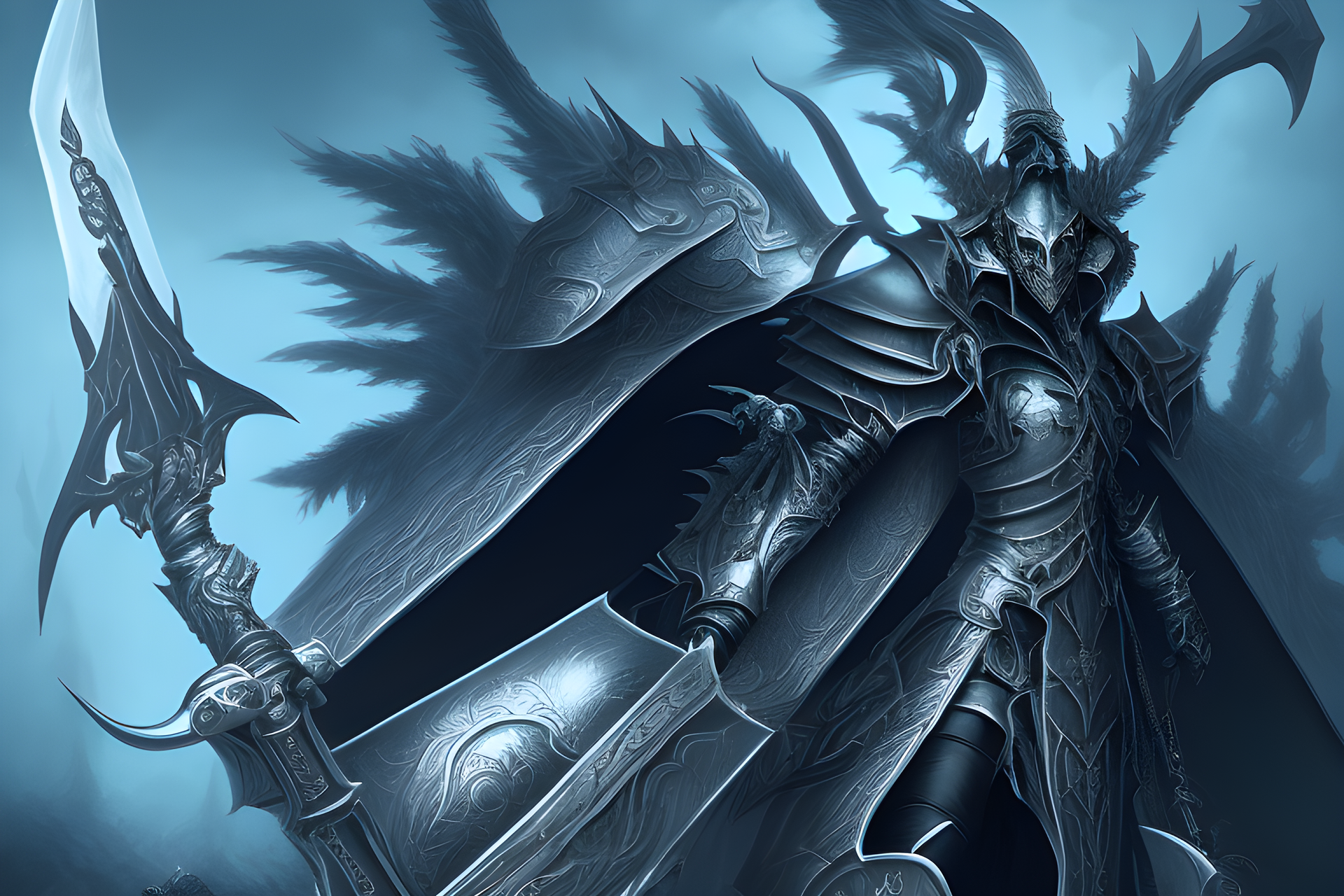
Strategies for using Charm Effects in Eternity TTRPG
In Eternity TTRPG, charm effects allow you to capitalize on severe mismatches in an enemy group, during combat, or simply turn weak-willed NPCs into puppets during any roleplay encounter. Any spell that functions specific ways in Eternity TTRPG can be used as roleplay effects in similar ways, meaning that you can be flexible with your roleplay uses of combat-based effects.
Similar to Charm Person in D&D 5e, however, charmed targets know that they were charmed, once the spell ends. So, you’d better be sure to make your charm effect count, as there could be significant fallout from the spell once its effect fades.
Gather Information
Though neither Omega nor Spellbound are perfectly suited to this situation (as the former involves causing damage to the target, and the latter takes time to take effect), you could use the spells to gather information from an important NPC.
If you can get the NPC away from any other guards on onlookers, and you have a little time to use your charm spell effects, you should be able to mind control them. Once charmed, you may cause the target to willingly provide you with all of the information that they know on any topic.
Provide False Orders
This is another situation where Omega and Spellbound may have some difficulties, as giving orders requires a sort of complete control over a target for some time. However, if you can use Spellbound to successfully charm a target for multiple turns in a row, you could force them to write orders to their subordinates.
These orders could then be duplicated and dispersed, while the original target of your charm effects could be subdued in some location unknown to their subordinates – at least until the false orders you created are undertaken.
Though especially devious, this method of mind control can lead to some truly catastrophic (for the good or bad) changes in any RPG campaign.
Convince a Guard to Look the Other Way
Of all the examples so far, this one may be the easiest to accomplish. If your party is using stealth to enter into an area controlled by opposing forces, it’s no problem if a guard notices you. This is a situation where Omega would certainly be better than Spellbound, but both could potentially work out.
Simply cast your charm effect right away and then cause the guard to stay silent as you sneak past. Though you can’t alter memories with Omega or Spellbound, you can at least buy your party enough time to get through heavily-guarded spaces without causing an immediate ruckus.
Finish Off a Powerful Enemy
One of the most challenging parts of any TTRPG (or video game RPG, for that matter) is finishing off a powerful enemy, especially when they have healers or support characters on their side. The reality is that dealing damage to an enemy actually doesn’t matter in strategy games until the character finally hits 0HP, as the enemy often has just as powerful attacks of their own when they’re at 1HP left as when they’re at full HP.
In any case, one of the absolute best ways to use charm effects is when the strongest enemy in a group is just about to die. In order to prevent that enemy from getting a last-second save, charm the enemy healer so they’re not able to save their powerful enemy from the brink of death. A decision like that can often save your party a great deal of anguish.
Turn a Dangerous Foe to Your Side
Alternatively, you can sometimes get a lucky roll, and charm the most powerful enemy in a group that you’re facing. Imagine fighting a group of knights and their lord commander, only for that commander to suddenly turn on his own troops.
If you can charm an enemy with a great deal of attack power, you can use that attack power like an explosion, causing your foe to mow down their own allies in a flash.
Force a Key NPC or Monster to Simply Do Nothing
Oftentimes, the best way to use a charm effect is simply to cause your target to become inactive. In many cases, very powerful enemies are highly resistant to charm effects, and groups of enemies may be able to remove charm effects from their allies.
However, no matter what, it’s almost always valuable to turn even one enemy into a worthless husk for a turn or two. Or, you can force a key NPC who isn’t directly part of a battle or roleplay encounter to become inactive, making them useless for whoever would normally direct them towards tasks or actions that may hinder you.
Limitations to Charm Effects in Eternity TTRPG
It’s worth noting that in Eternity TTRPG, charm effects have the following limitations. Though these limitations are not drastic or overly restricting for any charm purposes you may have in mind, they are worth noting:
- You may not cause the target to use a critical effect.
- You may not cause the target to intentionally dispel any of their maintained effects.
- You may not cause the target to use a spell or ability with a 1-day recharge.
- You may not alter the target’s memories in any way.
- Finally, watch out for Silence effects as both charm conditions in Eternity TTRPG are spells, so are subject to magical interrupts.
Curious about the Eternity TTRPG Game System?
From my many years of tabletop gaming, I’ve found that most people who play D&D do so because they aren’t familiar with other TTRPGs out there, and it may seem like it isn’t worth the effort to learn a new game. Let me tell you though – as great as D&D is, it obviously has some flaws.
I created the Eternity TTRPG Game System to solve some of the issues that D&D has. Eternity is fast-paced, easy-to-learn, and allows multiple players to contribute to both the game world and story.
Curious to learn more? Pick up an inexpensive PDF copy at the Eternity TTRPG shop. Eternity is a growing site, so your support is greatly appreciated! If you end up trying it out, let me know what you think of the game.
Dice, Dungeons, Games & More - Eternity TTRPG
Share This Article

Author - Jacob Tegtman
Dear reader, I hope you enjoyed this article. Tabletop gaming has been a passion of mine since I was 6 years old. I've played just about every game from Dungeons and Dragons to video games like Final Fantasy. These games have inspired me, made me laugh, made me cry, and brought me endless hours of enjoyment.
I started Eternity TTRPG - and the indie tabletop game that goes along with it (Eternity Shop) - to share my love of gaming with others. I believe that in our technology-driven age, tabletop games help bring a sense of magic and community back into our world.
If you love the site, please share it with others! I have lots of gaming-related material for you to peruse and use in your own gaming sessions. If you have any questions about the site or want to contribute, just send me a message using the "Contact" page, which you can find in the site's footer.

